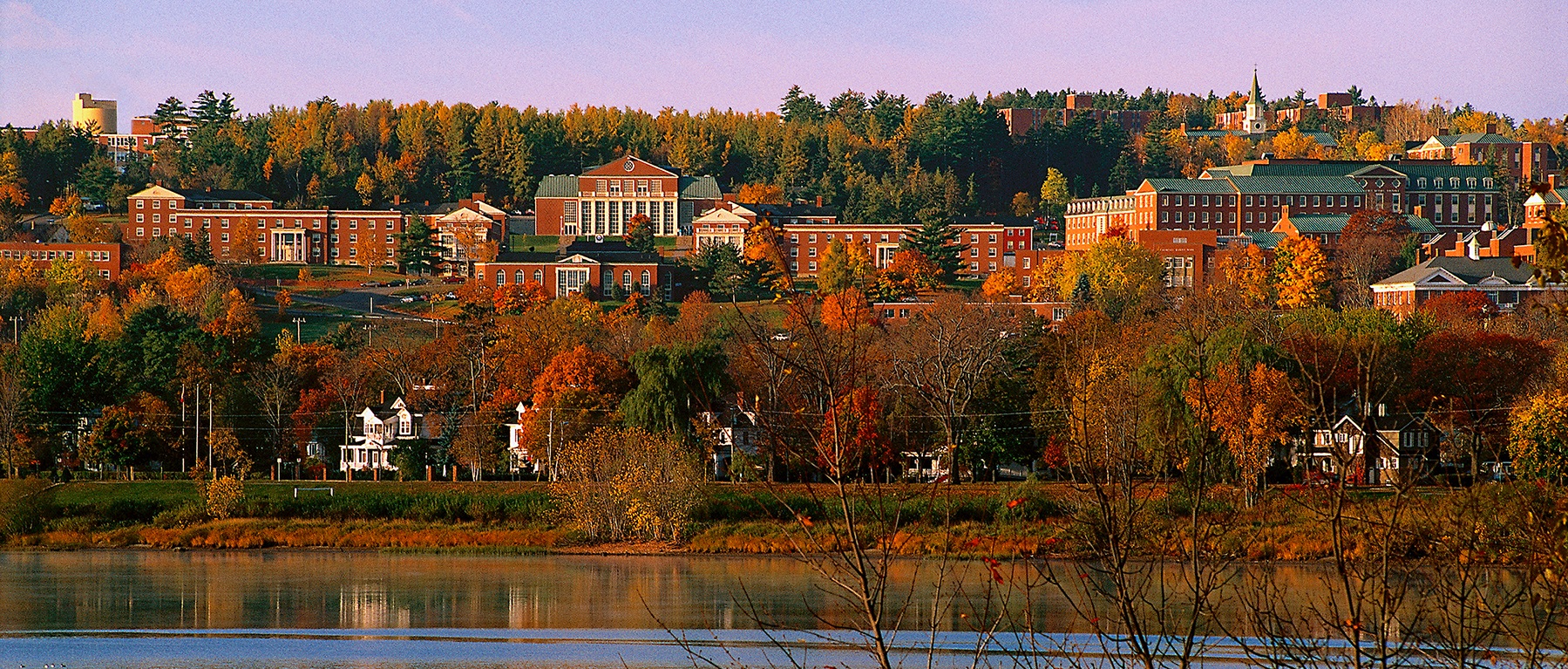 © UNB.
© UNB.
Post-Secondary Tuition and Low-Income Access discusses New Brunswick’s Tuition Access Bursary program, which covers college and university tuition for the children of families earning under $60,000 per year.
Author Patrick Webber’s paper reviews numerous studies, surveys and reports from domestic and international sources, which speak to the relationship of tuition levels and participation rates. The data show that tuition is not a principal barrier to higher participation among those from low-income backgrounds.
Specific to Canada, Mr. Webber’s findings show that low-income participation has been lowest in Newfoundland and Labrador and Quebec, the provinces with the lowest tuition rates. Meanwhile, low-income participation is highest in Nova Scotia and Ontario, where rates are highest.
“Subsidizing tuition for low-income persons is a popular idea, but also a flawed one,” said Dr. Marco Navarro-Génie, President & CEO of AIMS. “Patrick Webber’s report shows that low-income participation is unlikely to significantly rise with full-tuition subsidies. He also offers an alternative, with a smarter program to help those who need assistance and are likely to succeed.”
The report offers four recommendations:
- Upfront financial assistance should be based on merit, instead of income levels alone. For instance, there is a correlation between high school performance and the likelihood of pursuing PSE and completing one’s degree. A report by Andrew Parkin and Noel Baldwin found that only seven percent of high-school graduates with a 90-to-100 grade average had dropped out of their studies by age 26, compared to 30 percent of those who were in the 60-to-69 grade range.
- In 2010, New Brunswick and Nova Scotia had the highest share of university graduates with debts above $25,000 in Canada. These two provinces also had the highest tuition in the country. It follows that putting money toward easing debt burdens, after graduation, would be more effective. This policy would also ensure that aid goes to those who have completed their degrees.
- Given the relationship between high school grades and PSE attendance and performance, governments should focus more on improving outcomes before students pursue PSE. The K-12 school system demands improvements, which should include experimenting with alternative models of delivery, such as the charter school system that exists in Britain and many U.S. states.
- A better system to prepare people for the workforce would put a greater emphasis on trades and skills training. Governments should fund training for vocations with a labour demand in their jurisdictions, which would ensure that those taking advantage of government assistance could stay and work in the province. This would also recognize the reality that many workers will now need regular retraining throughout their working lives.
Given New Brunswick’s budget challenges, evidence-based policy is vital. Governments always need to make the best use of tax dollars in the service of public policy, but especially when money is tight.
The evidence presented in this report suggests that TAB does not satisfy these considerations. For New Brunswick, more effective options exist to improve PSE access.


